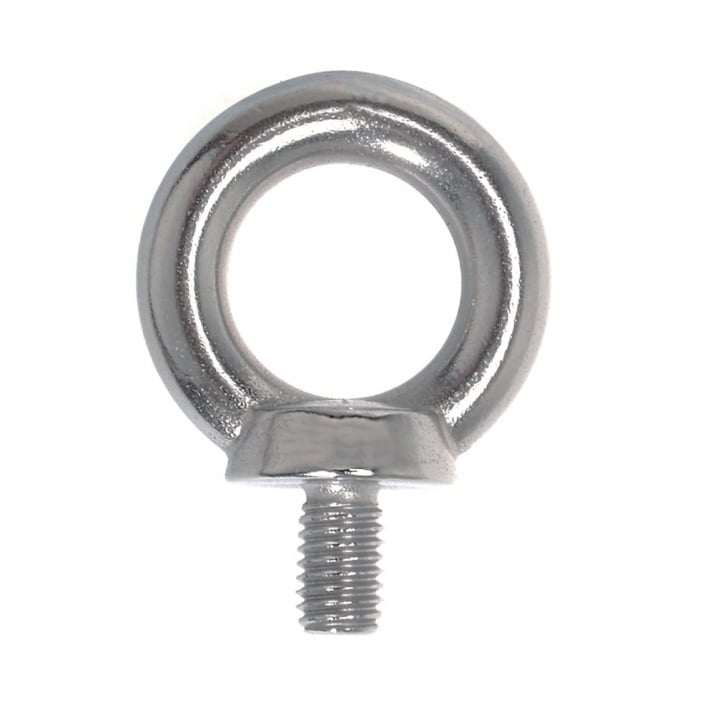News
nov . 06, 2024 08:30 Back to list
Adjustable Tensioning Device for Rigging and Secure Connections in Construction Applications
Understanding Turnbuckles and Shackles Essential Components in Rigging and Load Management
In the world of rigging, construction, and lifting, safety and functionality are paramount. Two critical components that facilitate these operations are turnbuckles and shackles. Both play vital roles in securing loads and maintaining the integrity of construction and lifting systems. This article delves into the purposes, types, and applications of turnbuckles and shackles, highlighting their importance in various industries.
What is a Turnbuckle?
A turnbuckle is a mechanical device used to adjust the tension or length of a cable or rope. Typically composed of two threaded end fittings, a central body, and often constructed from metal, turnbuckles allow for precise adjustments in tension. They work by turning the central body, which moves the end fittings closer together or further apart, thus influencing the cable's tension.
Turnbuckles can come in various shapes and sizes, including open, closed, and different styles of ends such as hooks, eyes, or bolts. The choice of turnbuckle often depends on the specific application it is intended for. For instance, marine applications might require corrosion-resistant stainless steel turnbuckles, while construction sites could use heavier-duty galvanized or painted steel versions.
Applications of Turnbuckles
Turnbuckles are widely used across many industries
1. Construction In construction, turnbuckles are essential for tensioning structural cables and bracing systems. They are commonly used in temporary structures and scaffolding to ensure stability and safety during the building process.
2. Marine In marine applications, turnbuckles are utilized to hold rigging in place on vessels, ensuring that sails are properly tensioned and preventing undue strain on the boat’s structure.
3. Telecommunications Tower stability is vital in telecommunications, and turnbuckles are often used to tension guy wires that support communication towers.
What is a Shackle?
A shackle is a U-shaped piece of hardware with a pin or bolt across the open end, used for connecting components in a rigging system. Shackles are critical for joining chains, ropes, and cables, often serving as connectors between other rigging components such as hooks, turnbuckles, or blocks.
turnbuckle shackle

Shackles come in various designs, including screw pin shackles, bolt-type shackles, and quick-release shackles. Each type serves a specific purpose and has its advantages. For example, screw pin shackles are easy to use and secure under tension, making them a popular choice for general-purpose rigging.
Applications of Shackles
The versatility of shackles allows them to be used in numerous applications, such as
1. Construction and Heavy Lifting Shackles play an integral role in lifting operations, connecting lifting chains and slings to hooks and machinery.
2. Marine Environments Like turnbuckles, shackles are crucial in marine applications for securing sails, rigging, and anchoring systems.
3. Rescue Operations In rescue missions, shackles are used to create strong and secure connections between various equipment, ensuring safety and stability during critical operations.
4. Industrial Use In manufacturing and production industries, shackles facilitate the movement of heavy machinery and loads, while ensuring safety through robust connections.
Safety Considerations
When using turnbuckles and shackles, it is imperative to consider safety factors. Proper load limits must always be adhered to, and regular inspections for wear and damage are crucial. Overloading either component can lead to catastrophic failures, putting lives and property at risk.
Also, ensure that the correct type and grade of material are chosen for specific applications. Understanding the working load limits (WLL) and employing appropriate safety factors further enhance overall safety.
Conclusion
Turnbuckles and shackles are fundamental components in the rigging and lifting industry, providing essential functions in tension adjustment and secure connections. Their wide-ranging applications in construction, marine, telecommunications, and more underscore their versatility and importance. By adhering to safety practices and understanding their specifications, users can ensure that these tools contribute effectively to safe and efficient rigging operations. Whether you are an industry veteran or a novice, a thorough understanding of these components can enhance safety and efficiency in any project.
